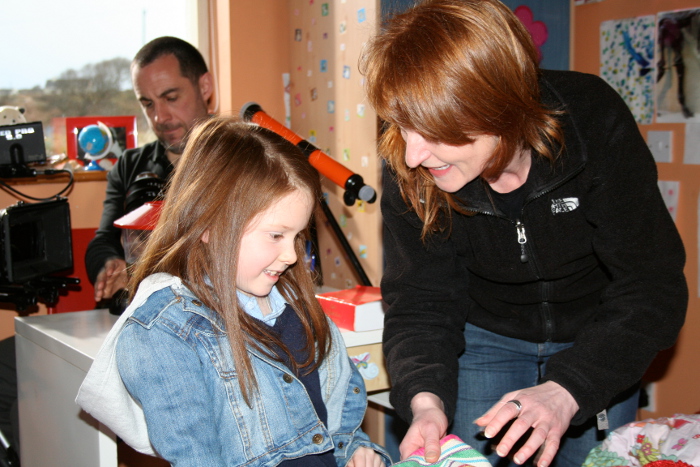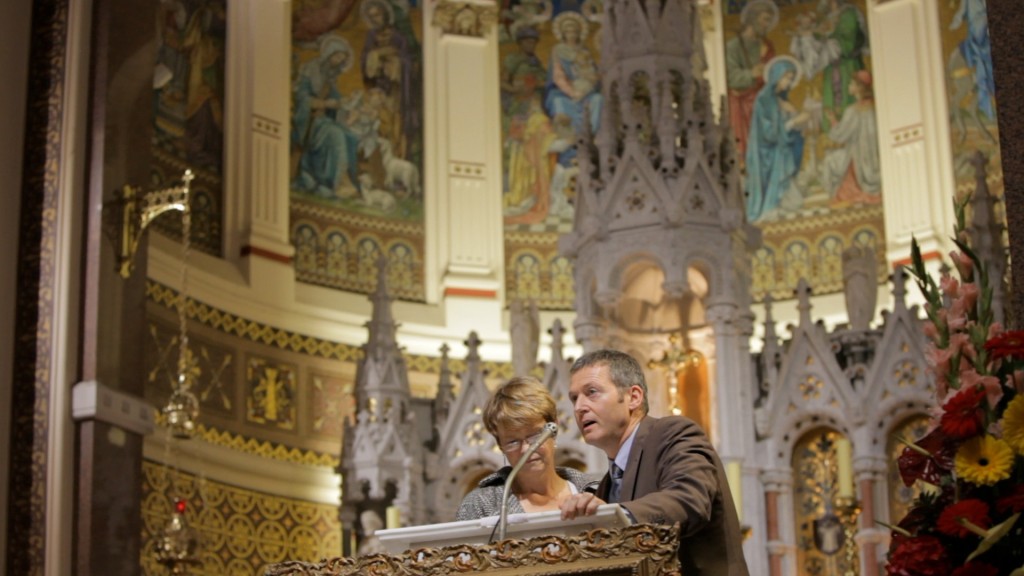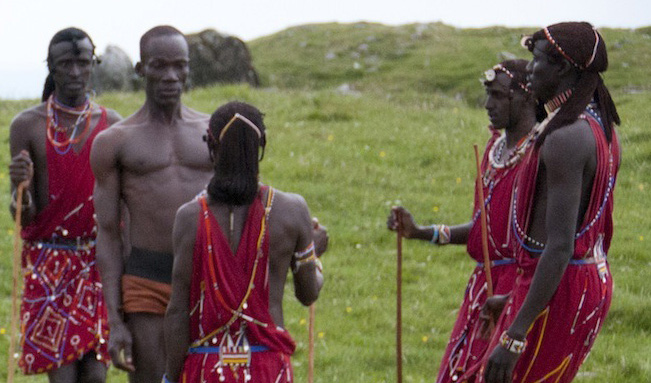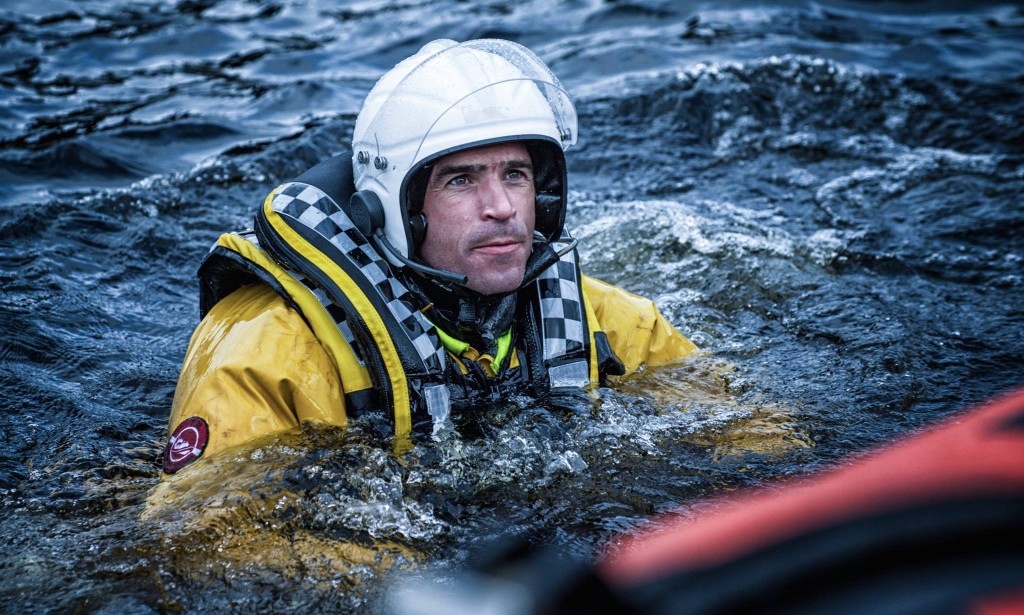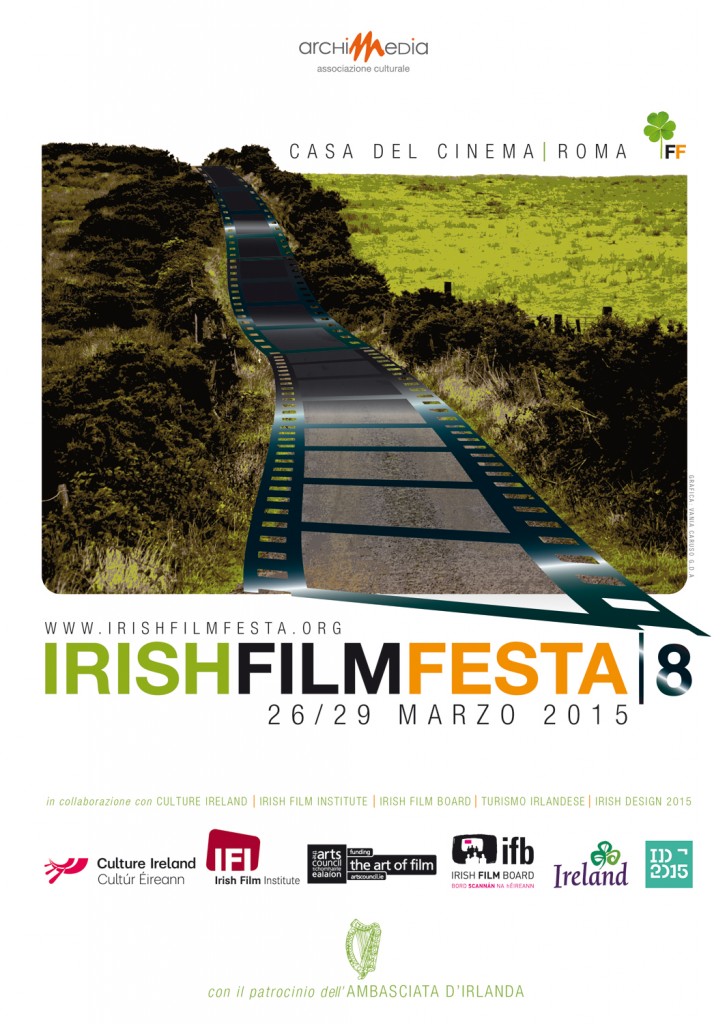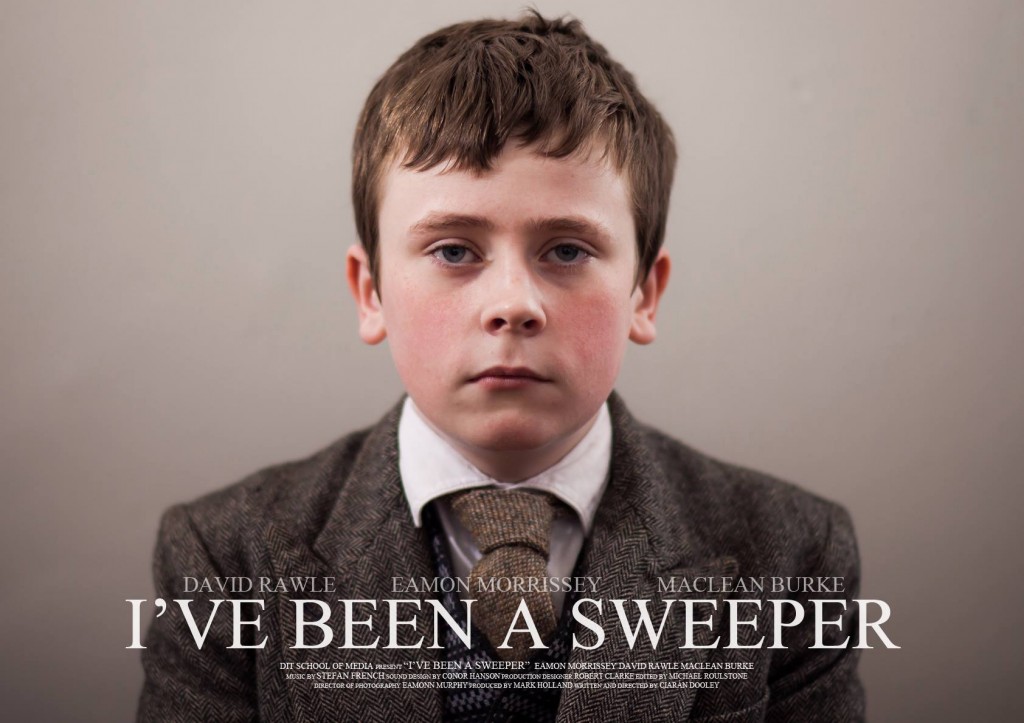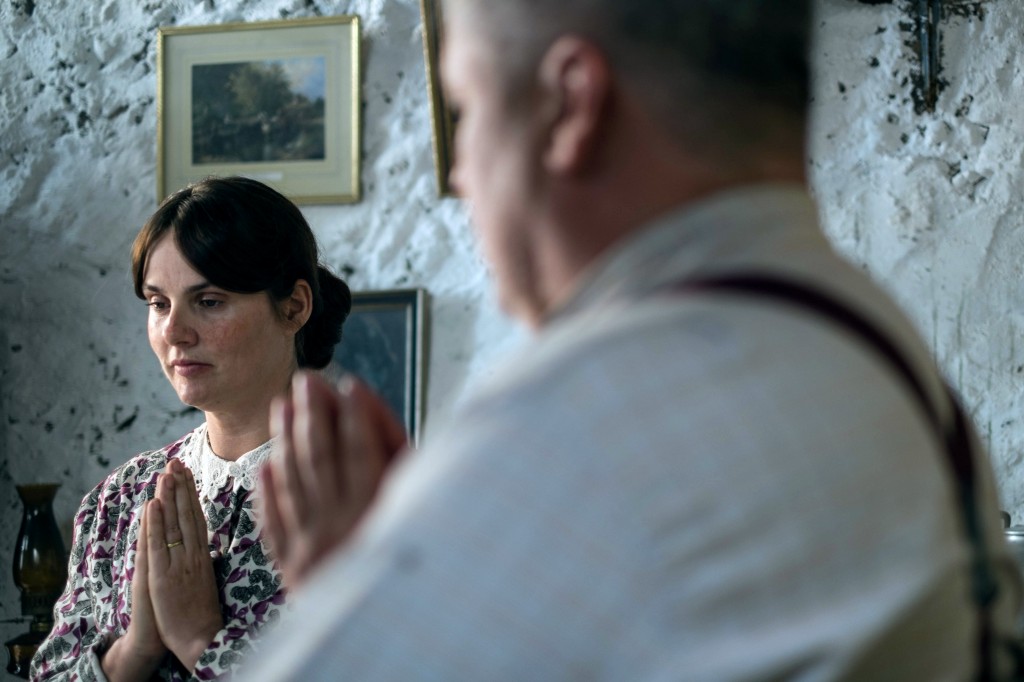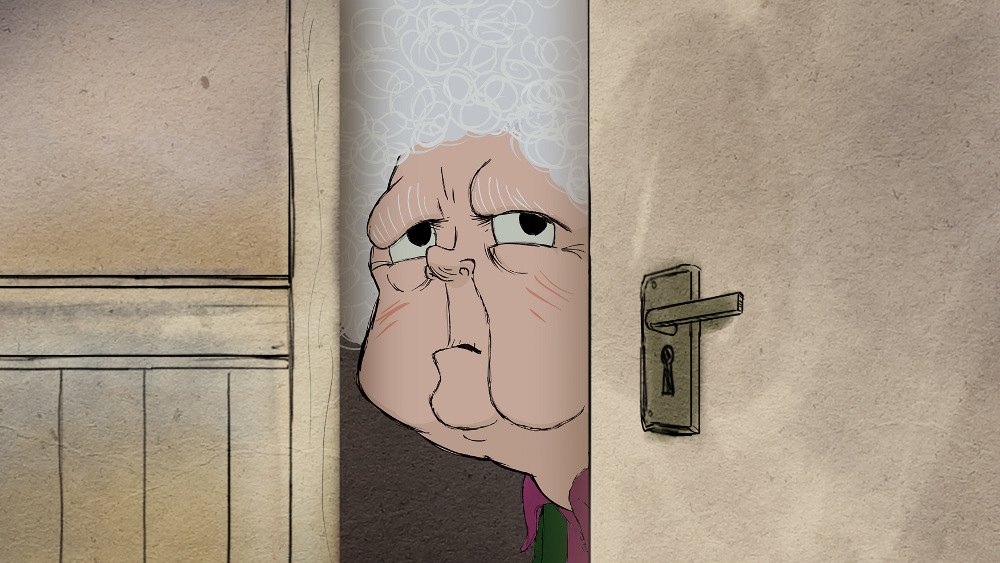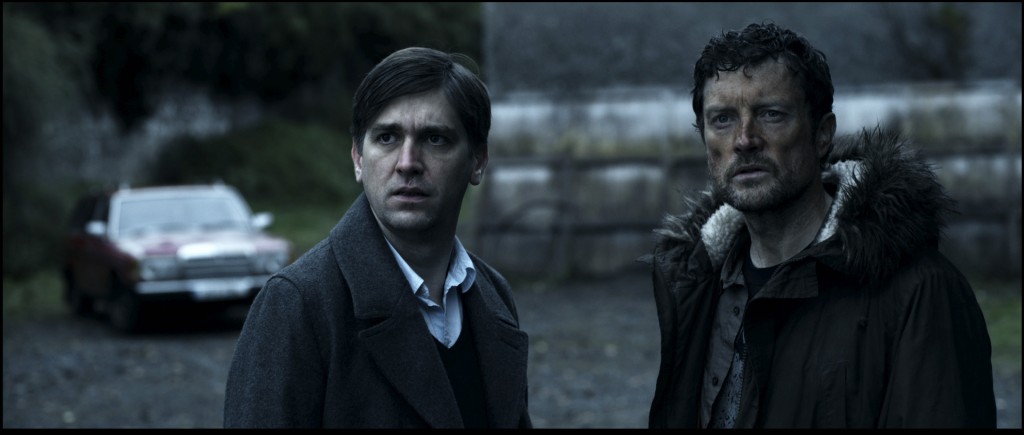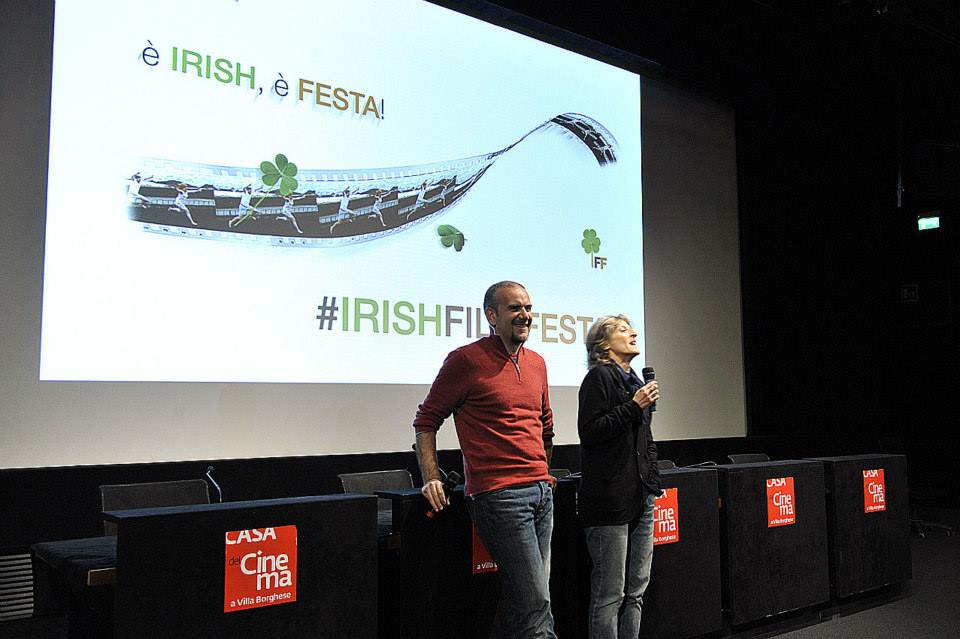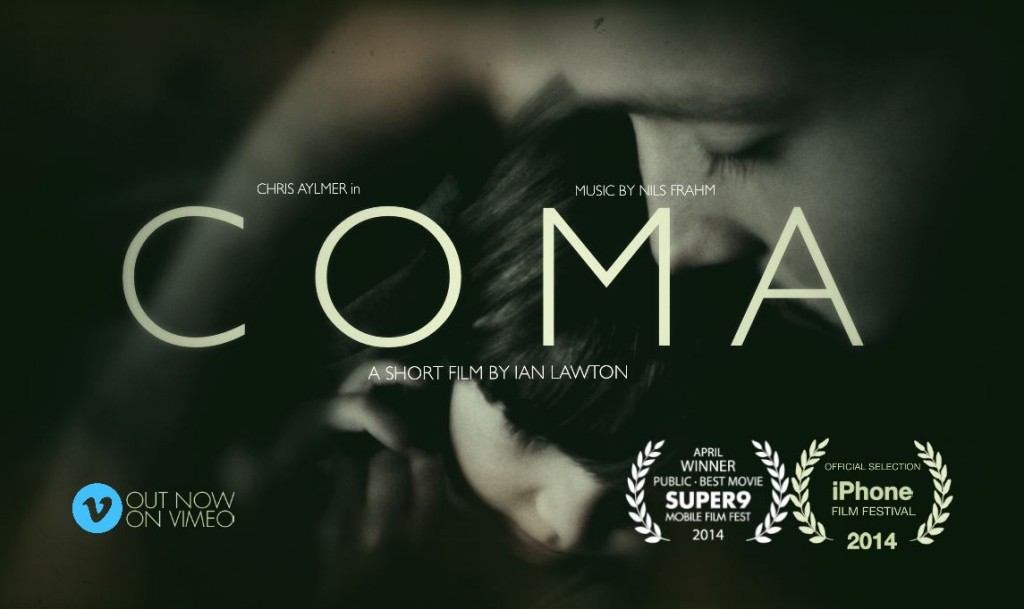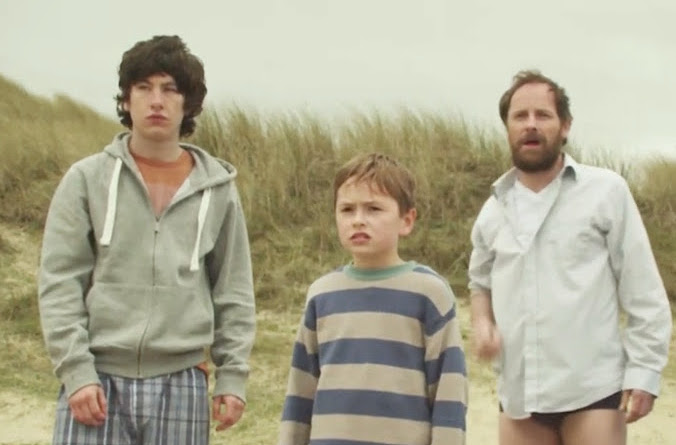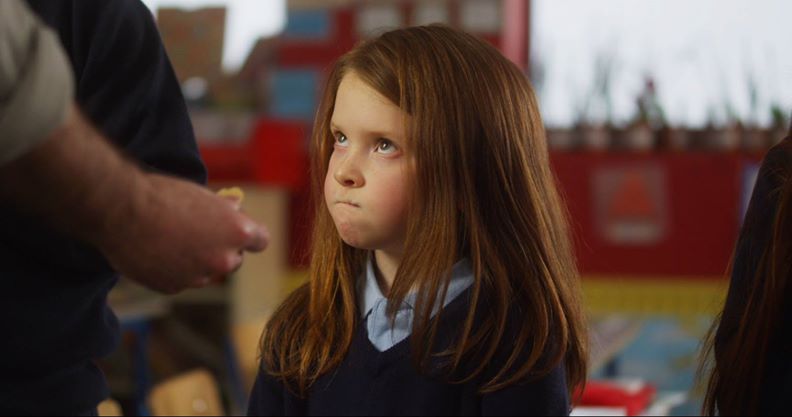
Irish Film Festa 2015 competition features a short film shot in Irish Gaelic: Rúbaí, directed by Louise Ní Fhiannachta and produced under the Irish Film Board’s Gearrscannáin scheme.
As her classmates prepare for their First Holy Communion, 8-year-old Rúbaí (played by newcomer Doireann Ní Fhoighil) announces that she is an atheist and refuses to participate.
Louise Ní Fhiannachta spoke about the beautiful characteristics of the Irish language and how it was like to direct such a young actress.
Rúbaí is the only short film of this year’s competition shot in Irish Gaelic: why did you choose to use it?
The script was written in the Irish language so, as a native Irish speaker, it was only natural for me to continue the process in its original form. An Ghaeilge is a huge part of my identity and of those involved in Rúbaí, and I think that energy comes through in the film. It’s a very indirect language with gorgeous nuances and characteristics.
Of course, the beauty of film is that it’s a universal language which an audience can understand on a global level. Despite cultural differences, emotions are the fundamentals of the human condition, be they hope, fear, joy, etc.
How did you work on the script by Antoin Beag Ó Colla?
When I read the first draft of Rúbaí, I was immediately charmed by her character. Rúbaí, a Catholic, doesn’t want to make her Holy Communion and is instead enamoured by Darwin’s Theory of Evolution. This independent, yet sensitive, little girl had captured my heart and I knew I needed to go on her journey, question her motives, get to hang out with her. Antoin had already adopted a quirky tone at first draft and it was vital for me that we achieved this.
We felt there were elements missing from the story, for example the fundamental question of why Rúbaí had decided to become an atheist was never addressed.
Previous drafts of the script were also dialogue-heavy and I knew it would be a huge ask to find an eight-year old actress capable of remembering reams of dialogue while simultaneously giving a stellar performance. Thus we embarked on a rigorous developmental process with the script focusing on action and emotion rather than on big chunks of dialogue. It really paid off!
How did you cast Doireann Ní Fhoighil, the young girl who plays Rúbaí?
About three months before shoot, we auditioned 43 girls. I was amazed by the talent available to me and made a short list of 10 and held a workshop for them. This was a valuable exercise and a beauty to behold as each one of them gained confidence and flourished in those few hours.
Finding the right Rúbaí in Doireann Ní Fhoighil was a gift. I was captivated by her intelligence, wit and adorability from auditions right through to the shoot. Her understanding of the story and her trust in me was key as was the (continued!) support of her family.
The other 9 girls got to play Rúbaí’s classmates and each one of them was excellent. Because of budgetary constraints, we shot over three days so I knew that simple visual compositions were imperative. Performance always came first; it always does with me – I’m an actor’s director! Communicating my vision and collaborating with a very dedicated and creative team to put Rúbaí on screen was a journey I’ll always be grateful for.
